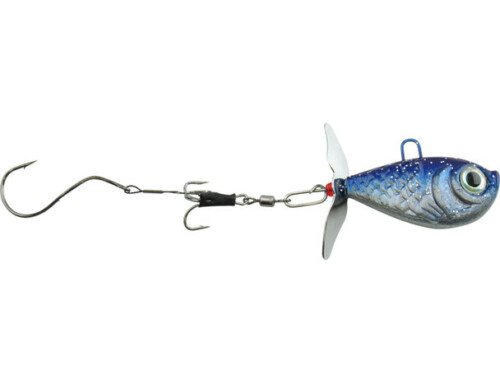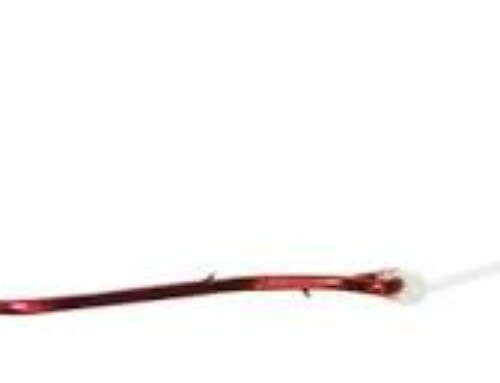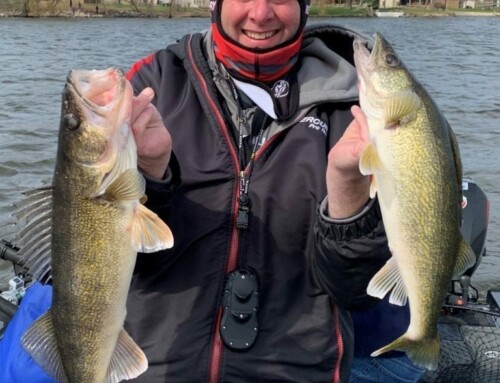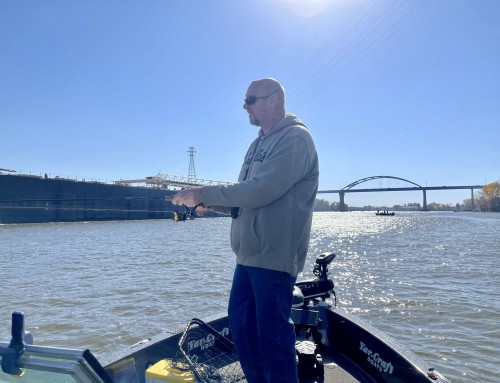2016 NPAA Conference Keynote Speaker: ‘Our Sport is Changing’
Forestville, WI – National Professional Anglers Association members learned how to turn their passion into their profession at the organization’s recent annual conference in Wisconsin Dells Jan. 8-10. They heard from numerous industry experts at dozens of sessions, including keynote speaker Mike Nussman, president and CEO of the American Sportfishing Association.
Nussman focused on the passion of the professional anglers at the conference. He speaks from a position of strength as the leader of the recreational fishing industry’s trade association. The ASA hosts the largest tackle trade show drawing 13,000 people from 70 countries annually. The ASA partners with a number of organizations including NPAA, to work towards improving fishing, better fisheries management on the state and federal levels and helping to ensure access to fishing waters.
“Most people don’t know that the 10 percent excise tax paid on fishing tackle and fishing licenses sold amounts to $1.2 Billion each year. These monies go to help fund state fisheries programs,” he said. Fishing ranks second to running as the most popular outdoor activity, with biking, camping and hiking the top five outdoor pursuits. Over the past 40 years, annual fishing license sales have averaged between 27 and 31 million.
However, despite the numbers, he said, “We as a sport are changing. We need to broaden our appeal and reach all ethnic groups.” Anglers are 95 percent Caucasian and 95 percent male, but Nussman said in 35 years, only 50 percent of the United States population will be Caucasian. “We have the opportunity to attract so many more people, and we all need to work together to do this,” he said.
The percentage of 6 to 15 year-old kids now fishing dropped from 40 percent in 1990 to 26 percent today. “Kids don’t have to go outside to be entertained. We all know why that is. We are not allowing our kids to experience the outdoors,” he said. He applauded the NPAA Future Angler Events, which attracted 14,420 youth and 6,846 parents last year. They received t-shirts, rods and reels, educational materials and valuable fishing lessons.
Educating and attracting the next generation to fishing will take an immense amount of work, but the Recreational Boating & Fishing Foundation (RBFF), with ASA’s involvement and support, has developed a strategy called the “3Rs” which are recruitment, retention and reactivation of fishing license holders. Research shows that 46 percent of new anglers this year will NOT fish next year, and 49 percent of anglers purchase a license only once every 10 years. Most amazing, statistics show only four percent of anglers bought licenses each of the past 10 years. These three areas are a key focus area for ASA, and Nussman said organizations like the NPAA are poised to assist the cause. “The passion exhibited by conference attendees will make a difference,” he said.
For recruitment, he said ASA cannot do it alone. Other national organizations such as RBFF will take the lead. “Everybody will have to take part,” he said. That includes tackle and outdoor industries, state fisheries agencies, angler groups and individuals. He said, “We must create a machine to recruit new people to the sport, and the research so far has shown that longer-term camps and schools really immerse youngsters into the sport. These young anglers become proficient and capable of striking out on their own after these events.”
For the retention and reactivation components of the strategy, Nussman said, “People have been trained to expect fast and easy in everything they do. Why can’t license sales be as easy as ordering a book from Amazon?” He continued, “Why can’t fishing licenses be automatically renewed like so many other pieces of our lives? The world is changing; we need to keep up with it for the good of the sport.”
Pat Neu, NPAA executive director said, “We have barely scratched the surface of what we can do. With our goals of attracting more members and more supporting partners, and continuing our efforts to work with the ASA, we can help attract and educate more anglers of all ages.”





